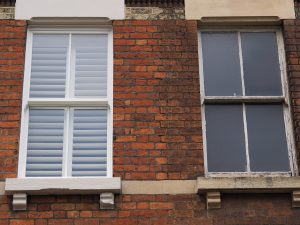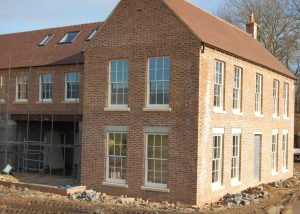Facts about Lydd
General Info
Lydd is a town and electoral ward in Kent, England, lying on Romney Marsh. It is one of the larger settlements on the marsh, and the most southerly town in Kent. Lydd reached the height of its prosperity during the 13th century, when it was a corporate member of the Cinque Ports, a “limb” of Romney. Actually located on Denge Marsh, Lydd was one of the first sandy islands to form as the bay evolved into what is now called Romney Marsh.
History
The place-name ‘Lydd’ is first attested in an Anglo-Saxon charter of 774, where it appears as ad Hlidum. This is the dative plural of the Old English hlid meaning ‘slope’. Lydd developed as a settlement during the Romano-British period on a shingle island when the coast at the time cut off Lydd from the mainland. The settlement continued into the Saxon period, with the Saxon church using Roman materials as part of its early construction. The town reached the height of its prosperity during the 13th century, when it was a corporate member of the Cinque Ports, a “limb” of Romney. As with much of the marsh, the town was a base for smuggling in the 18th and 19th centuries.
Before and during the First World War Lydd Camp was an important artillery practice camp. Experiments with high explosives carried out on the shingle wastes around 1888 led to the invention of the explosive Lyddite. Lydd was at one time a garrison town and the area is still an important training ground for the armed forces, at one time having an extensive narrow gauge railway network.








